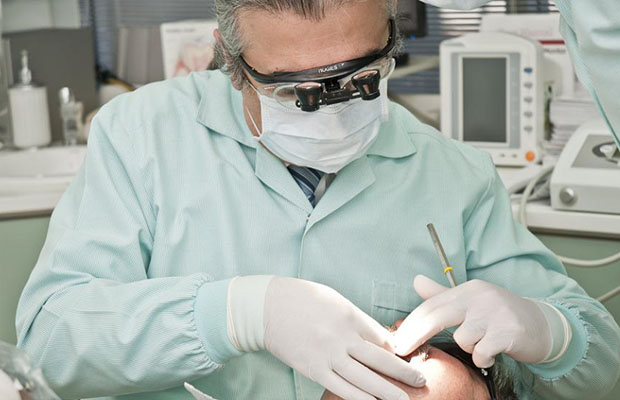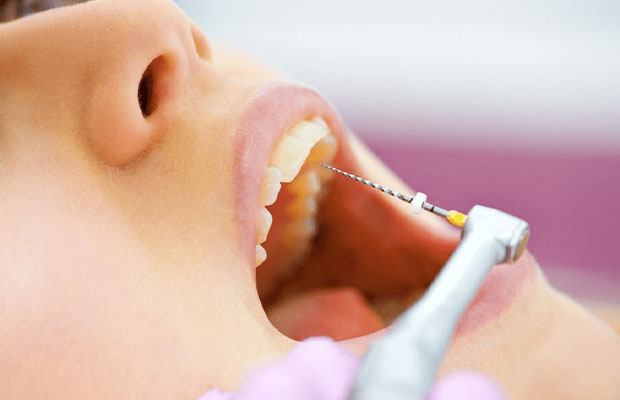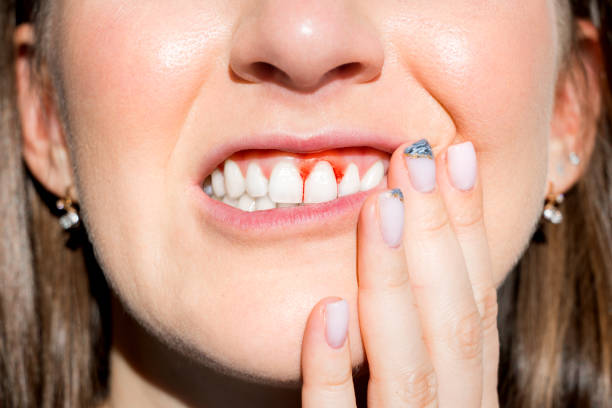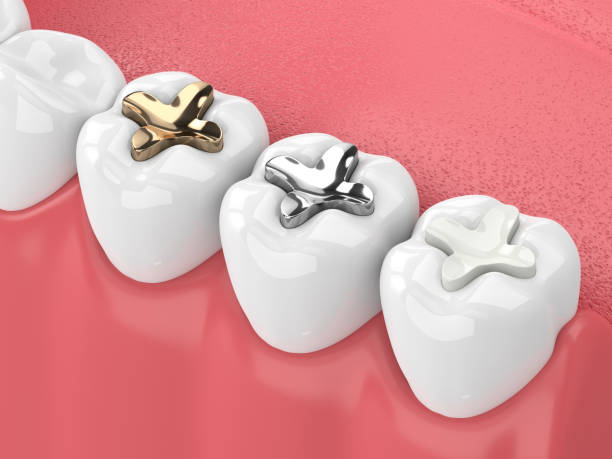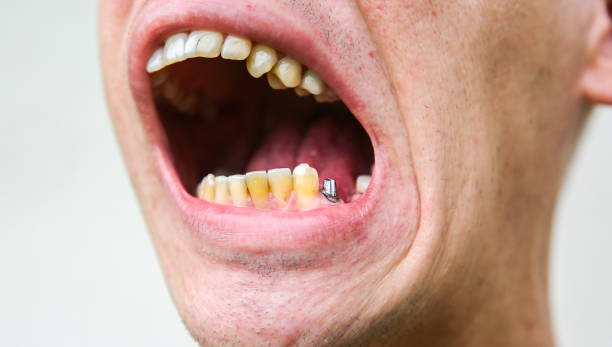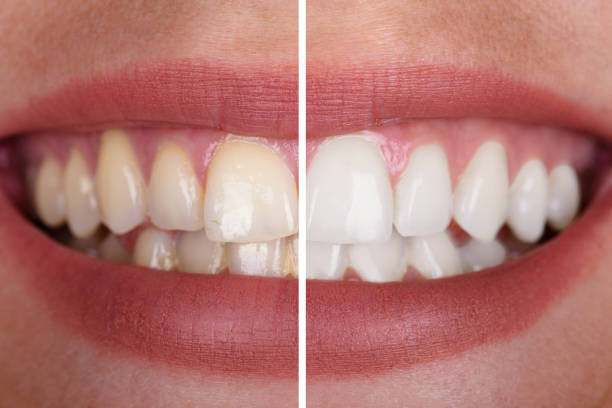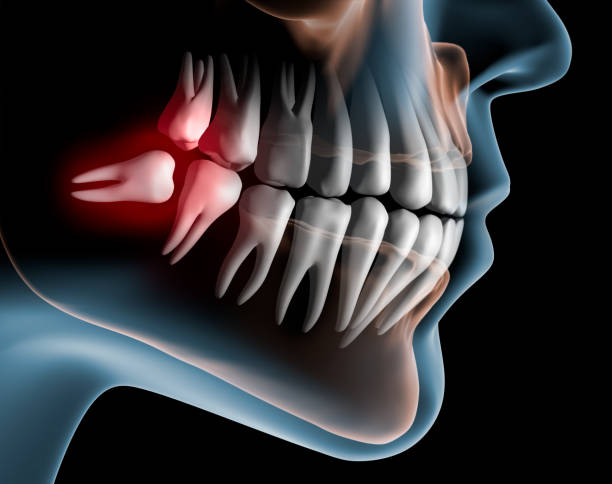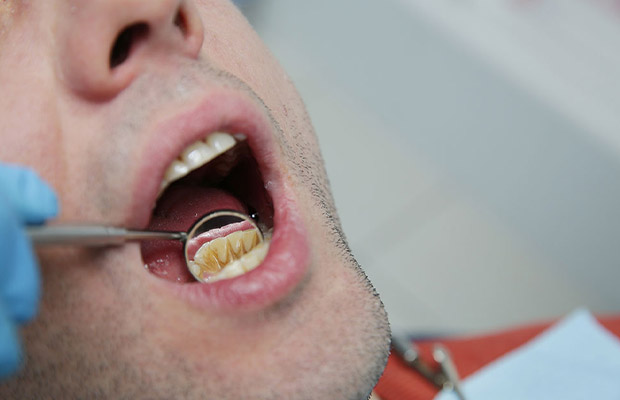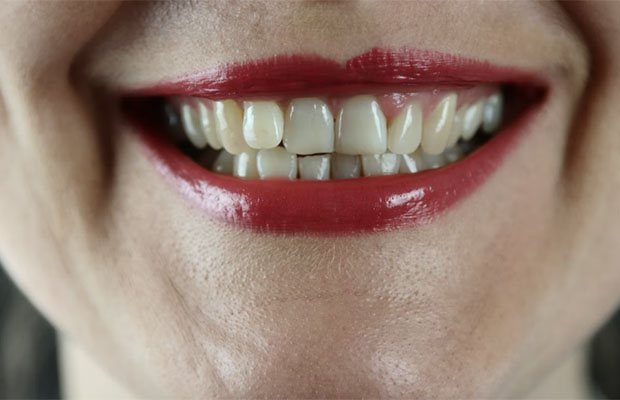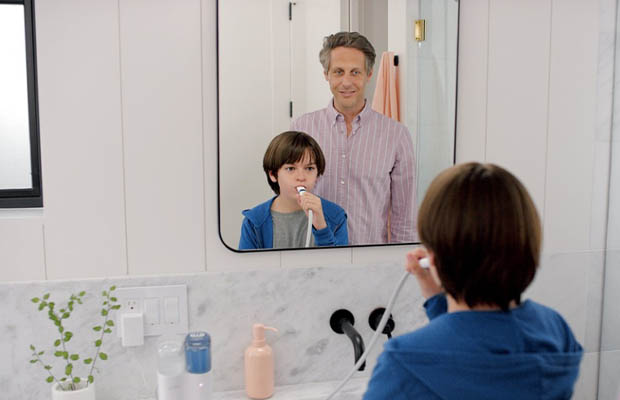If there is one aspect of canine grooming that is frequently disregarded, it would be the dog’s teeth. Few dog owners care about brushing their dogs’ teeth, but the majority remember to clip their dogs’ nails so they don’t click on the floor and brush their dogs’ coats until they shine.
Brushing a dog’s teeth is crucial because it removes the plaque that causes bad breath or more serious issues like tooth decay or gum disease. It is the best way to maintain your dog’s health and prevent disease.
Today, we’ll go over how to brush your dog’s teeth. Once you’ve learned, keep brushing your dog’s teeth as needed!
Read More: Do Elephants Have Teeth?
Table of Contents
Why Is Brushing Teeth Vital?
Unfortunately, there is a persistent myth that says your dog’s teeth will stay clean if they eat kibble, but this is untrue. As a matter of fact, starchy kibble is more likely to stick to your dog’s teeth and promote the development of plaque (recall that 80% of adult dogs suffer from the dental disease; roughly the same percentage of dogs that consume kibble on a daily basis).
Additionally, Dr. Richardson suggests that even though there are many items on the market, such as treats and water additives, that promise to stop canine dental disease, the best way to do so is to actually brush your dog’s teeth.
The area where plaque and tartar will accumulate most frequently when brushing your dog’s teeth is the visible outside of the tooth, not the inside or the top of the teeth. If you find it difficult to brush every day, try to do it a few times per week.

How Much Time Will It Take To Brush Teeth?
Set aside 20 minutes to herd your pet into your arms after you have brushed their teeth for 5 minutes each day.
How To Brush A Dog’s Teeth?
Step One: Choose The Right Time
If your dog is calm and relaxed, you should brush its teeth. Creating a routine is your aim. It is best to gradually increase the frequency of your brushing. However, if their mouth is healthy, even three days a week can make a difference. Plaque can accumulate without brushing, increasing the risk of tooth decay, gum disease, and bad breath in your dog. It may also result in unpleasant infections. Life-threatening conditions can develop as a result of severe infection.
Step Two: Prepare Your Tools
You should use a dog-specific toothbrush. The bristles are specially angled and softer. For dogs under 30 pounds, finger brushes can be useful. Longer handles may improve your reach when handling larger dogs. Make sure to use dog toothpaste as well. It is available in flavors that dogs will like, like poultry or peanut butter. Never use human toothpaste because it contains ingredients that could cause stomach problems for your dog.
Step Three: Assume The Position
A comfortable environment for your dog is where you should be. Don’t dominate, restrain, or pose a threat to your dog. Instead, try crouching down or sitting in front of or next to them. Determine how anxious your dog is. Stop if they appear upset, then try again later. Each of the ensuing steps may take some practice to perfect.
Step Four: Get Their Gums Ready
Rub your finger along your dog’s upper gums and teeth to gauge how receptive they are to have you in their mouth. This will enable them to get used to the sensation of something against their teeth. Use gentle pressure; you might need a few sessions to get them accustomed to it before continuing.
Step Five: Test The Toothpaste
Apply some dog toothpaste to your fingertip. In order for your dog to become accustomed to the flavor and texture of toothpaste, let them lick it off of your fingertip. Try a different flavor if, after their initial taste, they continue to refuse to lick more toothpaste after a few days. Ideally, you’ll locate one that they view as a treat.
Step Six: Try The Toothbrush
When your dog is comfortable with you opening and touching their mouth, begin brushing and using toothpaste simultaneously. As you approach their teeth with the brush, angle the bristles so that they reach the gum line while lifting their upper lip. The bristles will massage the gum line and remove plaque if they are held against their teeth at a 45-degree angle.
Step Seven: Use A Circular Motion
Brush in small circles, covering the top and bottom of each side. There may be some minor bleeding as you move the bristles along the gum line. A little bleeding now and then is acceptable. However, persistent or significant bleeding might indicate that you brush too vigorously or indicate gum disease. For advice, consult your veterinarian.
Step Eight: Focus On The Plaque
Brush a few teeth at a time, increasing the number of teeth each day. Two minutes maximum is the goal. Try starting with the outsides of the canine and back teeth, where plaque tends to accumulate if your dog initially shows resistance. Great if you can get inside. Don’t worry too much, however, if you are unable to reach them as well. Their toothy tongue keeps that region clean.
Step Nine: Be Reassuring
As you give your dog a tooth brushing, keep the atmosphere light. As you brush your teeth every day, talk to them and explain everything you’re doing. Pat their head or stroke their jowls and tell them what a good pup they are.
Step Ten: End On A Positive Note
Reward your dog with their preferred treat or extra attention once you’ve finished brushing their teeth. Always call it a day while everyone is still having a good time. Additionally, keep in mind that proper dental care goes beyond simple brushing. Some chews and treats can also aid in the fight against plaque accumulation. Regular dental cleaning by a professional should also be scheduled. Discuss how frequently is ideal for your dog with your veterinarian.
Make Toothbrushing A Positive Experience
The best way to maintain a healthy mouth for your pet in between dental cleanings is to brush their teeth. If you don’t take care of your dog’s teeth, dental disease can result in chronic pain and foul breath as well as other health issues because the bacteria can enter the bloodstream. Since periodontal disease is the most prevalent dental condition in cats and dogs, the American Veterinary Medical Association warns that if preventative measures aren’t taken, there will probably be some signs of the condition by the time the animal is three years old.
However, no pet owner should force a toothbrush into their animal’s mouth and then expect them to cooperate. It takes time to develop any new trick or behavior that you’re trying to teach.
Giving your dog a treat as you stroke their cheeks will help them get used to having their mouth touched. It’s a good idea to keep the necessary dental equipment nearby as part of exposure therapy, and you should always allow your dog to approach the equipment if they’re curious.
You can introduce the pet-friendly toothpaste once your dog is comfortable with that. Give them plenty of time to inspect, lick, and smell the paste. “Let them lick the toothpaste off your finger and eventually the brush, advised Dr. At the West Village Veterinary Hospital in New York City, Jessica Lee is a veterinarian.
Introduce the toothbrush once your dog has grown accustomed to the paste with a meaty flavor. As you place the toothbrush in your dog’s space and close to their mouth, give them a treat. That will assist them in learning to relate the toothbrush to positive things. Additionally, you can begin briefly brushing your dog’s teeth with the bristles of the brush.
When your dog has been with you for a week or two, you can begin brushing their teeth on a regular basis. Additionally, be sure to thank them for acting appropriately.
When To Leave It To Doctors?
No amount of tooth brushing will be able to maintain your dog’s teeth in tip-top shape. Your dog will eventually require professional dental cleaning to remove buildup that you can’t see and to look for any underlying gum disease that could be hurting them. It’s difficult to predict when a pet will need to visit the canine dentist because no two animals are the same.
“Our benchmark is roughly three years old,” Dr. Purina veterinarian Kurt Venator. “At that point, start talking about the ideal time for a dental cleaning during your annual visit. Each pet is unique, so you might miss one or two years.” For instance, despite my pets’ yearly examinations, my dog and cat didn’t receive cleaning recommendations from my veterinarian until they were 4 and 12 years old, respectively.
Finally, avoid going to dental offices that advertise cleanings without anesthesia. Scaling the teeth by a trustworthy veterinarian necessitates appropriate pain management and general anesthesia. You’re making things worse by not using anesthesia because your dog will become frightened by the noise and require restraint on their side. Additionally, professional cleanings can be uncomfortable, particularly if there is an underlying dental disease.
Tips: Dental Care For Every Dog
Some dogs are more likely than others to experience tooth problems, necessitating closer observation and perhaps even veterinary help. Smaller breeds in particular tend to be more susceptible to dental disease. This is due to the fact that due to their smaller mouths and frequently overcrowding, there is less space between the teeth, which allows for the faster development of harmful plaque and bacteria, claims Dr. Large breed dogs, however, are more prone to tooth injuries than other dog breeds, according to Richardson. “She claims that because large dog breeds exhibit more “super-chewer” behavior than smaller dogs and because their owners give them harder chew toys, they are more likely to sustain fractures and other issues from chewing on objects that are too hard.
Every year at the very least, dogs of all sizes should have their teeth examined by a veterinarian.
Additionally, feeding your dog properly can help them have healthy teeth and fresh breath.), the less processed, the better. Dr. Jonathan Block, a veterinarian, tells us: “I believe improving (a dog’s) overall systemic health with a whole-food diet probably improves their microflora and promotes an overall healthier immune system, which will allow them to ward off things like dental infections and be able to tolerate them better.”

